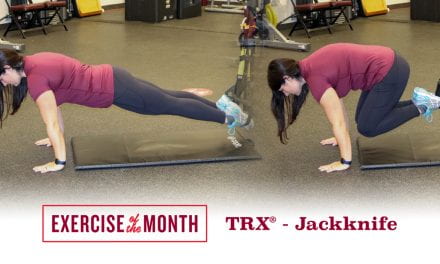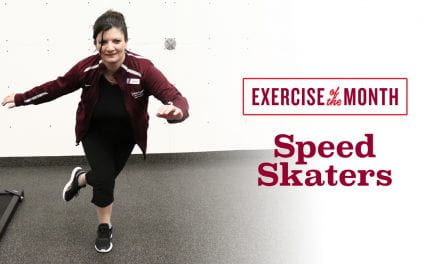 About five months ago, Edmonton was gifted with an unseasonably warm week of nice weather. Me, fresh off the holiday weight gain of December and January, I decided to go for a run outside to soak up the warm winter sun. This was my first run in about four years and in an uncomfortable, out of breath kind of way, it felt great. So, naturally, filled with endorphins, fresh off my runner’s high, I signed up for a 10km race… in March. With some sporadic training between then and March, I finally arrived at my race. It was a brisk -19°c running temperature and I took part in my first endurance based race in 10+ years.
About five months ago, Edmonton was gifted with an unseasonably warm week of nice weather. Me, fresh off the holiday weight gain of December and January, I decided to go for a run outside to soak up the warm winter sun. This was my first run in about four years and in an uncomfortable, out of breath kind of way, it felt great. So, naturally, filled with endorphins, fresh off my runner’s high, I signed up for a 10km race… in March. With some sporadic training between then and March, I finally arrived at my race. It was a brisk -19°c running temperature and I took part in my first endurance based race in 10+ years.
As many would expect, the other people that arrived at the race all seemed to have a similar look to them. Most were wearing tight, bright, clothes designed for running with seemingly top of the line runners to match. But the one thing that stood out to me most was that all the people at the front of the pack at the race seemed to fit into the same body type. Lean and fit. I have always seen myself as having an athletic build and thought of myself as being pretty fit, but my 227lb frame was pretty atypical in the competitive running community. Regardless, I went through and completed the race. With contentment, I finished in the top 50 runners, but being the smart-ass person I am, I joked to my friend saying I probably would’ve medalled if you only counted runners over 200lbs. Joking aside, it got me thinking, why doesn’t running have weight classes?
Running is currently broken up into sex and age categories to level the playing field for competitors; and when we look at the physiological demand of running, weight classes can make perfect sense too. One way to predict aerobic performance is to measure an individual’s VO2 max. VO2 max is indicative of the maximum volume of oxygen the body can use during activity. Thus, individuals with a higher relative VO2 max can perform at a greater intensity (or pace) before accumulating the fatigue inducing, metabolic by-products associated with anaerobic exercise. VO2 max is reported as a relative unit in mL per kg body weight per minute, so the lighter the individual, the higher the VO2 max (within reason). Now knowing that a higher VO2 max leads to greater aerobic performance, if we were to take two runners, with identical physiological aspects in all categories except for their body weights, the lighter runner would win almost every time. This example demonstrates how an individuals body weight could be seen as an advantage or a disadvantage. Heavier individuals must work harder and at a higher relative intensity than lighter individuals to achieve the same outcome.
So, I started to a little bit of digging and turns out I am not the first person to have this idea. Currently, in the United States, there are a few races and triathlons that now offer two additional categories for competition titled the “Clydesdale” and the “Athena” divisions. As far as I can tell, the race categories seem to have arbitrary cut-off weights and you can typically sign up if you weigh-in above 200 lbs (91kg) or 165 lbs (75kg) for men and women, respectively. They are optional to enter and operate on the honour system, so no weigh scales required. Despite the silly name choice, I think this is a great idea for competitions. With the addition of this category it allows people to compete against other non-traditional body type runners and potentially experience a little more success. Whoever it encourages, be it the 6’5” ex-athlete, the person in the middle of their weight loss journey, or the gym musclehead, in the end, I believe it would be fun to see some new faces atop the podium at the end of the race.
What do you think?



